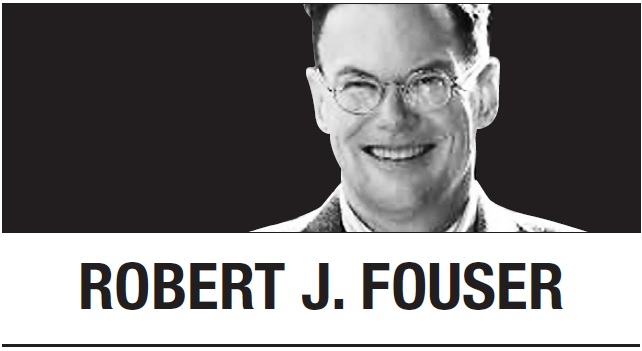
Reading articles about cities around the world almost always invites comparisons with Seoul because it’s the city I know best. I lived in Seoul for 12 years at different times starting in the mid-1980s and ending in the mid-2010s. In the years I didn’t live in Seoul, I visited the city at least once a year, except for the first two years of the COVID-19 pandemic. In the 40 years that Seoul has been in my life, I’ve seen the city change and grow as South Korea has transformed itself into an advanced industrial democracy.
But what kind of city is it now, as the clock clicks closer to the middle of the 2020s? The answer is difficult because cities in the 2020s have been hit suddenly with a series of difficult challenges. The most obvious is the COVID-19 pandemic, which hit large cities the hardest as social distancing became the norm. Climate change has been building for a long time, but the frequency of abnormal weather increased greatly over the past several, which wreaked havoc on vulnerable cities. Demographic changes that have been building for decades have brought rapid change to many cities. Economic change, meanwhile, has dislocation in cities that have become too expensive for the middle class.
These changes have impacted Seoul less than most of its peers, which leads to the question of why. The answer is part policy and part luck.
Despite the sharp political rhetoric in South Korea, policy has continued to focus on the broad center, not the loud fringes. This has resulted in moderate policies that avoid extremes. During the early days of the pandemic, for example, South Korea focused on testing and tracking rather than rigorous shutdowns. This allowed Seoul to stay open while New York and London became ghost towns.
Policy has also focused on investment in transportation infrastructure and facilitating construction of new, high-density housing. Long-term investment in transportation has linked Seoul and nearby Gyeonggi Province and Incheon, which has reduced some of the pressure on Seoul. The Great Train eXpress (GTX) high-speed rail network will start operations in 2024, taking further pressure off Seoul. Meanwhile, construction of new housing creates more supply, which should slow price increases over time and prevent Seoul from becoming a boutique city for the rich.
As the pace of population decline accelerates, South Korean cities risk losing much of their social and economic vitality, but Seoul’s desirability protects it from the worst effects. South Korea will gradually accept more immigrants, and many will end up settling in Seoul. The slow but steady increase in immigrants will give Korean society time to adjust, which should lessen tension over immigrants that many of Seoul’s peers have experienced.
Nature has spared Seoul many of the hazards common to other cities. Seoul has a low risk of earthquakes and wildfires. The Han River floods frequently but investment in flood control over decades has greatly reduced the threat. Climate change has increased the frequency of typhoons, but they weaken by the time they reach Seoul. Because Seoul is inland, it faces less of a direct threat from rising sea levels than cities that sit on the ocean. As the impact of climate change worsens, Seoul can expect more typhoons and worse flooding, but it has time to adapt to the new normal.
At the same time, nature has blessed Seoul with mountains and streams that offer green space for citizens. During the boom period, many of the mountains were protected from development, but streams were either covered for roads or ignored. In the 2000s, the city began turning streams into parks. It did the same thing for abandoned rail lines, creating an impressive network of walking parks.
To be sure, Seoul faces challenges. Air quality remains a serious problem that degrades the quality of life in the city. This problem affects much of Northeast Asia, but the South Korean government needs to do more to promote decarbonization and the adoption of renewable energy. Apartment ownership remains beyond the reach of too many young people, and more assertive policy is needed to address the problem.
So, what is Seoul, my “second hometown,” in 2023? It’s not a glamorous city full of Instagramable landmarks; it’s not pretty or cute. Instead, it’s a city for the broad middle that offers a steadily improving quality of life. This resolute “middle-classness” explains its enduring appeal.
Robert J. Fouser
Robert J. Fouser, a former associate professor of Korean language education at Seoul National University, writes on Korea from Providence, Rhode Island. He can be reached at robertjfouser@gmail.com. -- Ed.
-
Articles by Korea Herald



















![[Today’s K-pop] Treasure to publish magazine for debut anniversary](http://res.heraldm.com/phpwas/restmb_idxmake.php?idx=642&simg=/content/image/2024/07/26/20240726050551_0.jpg&u=)